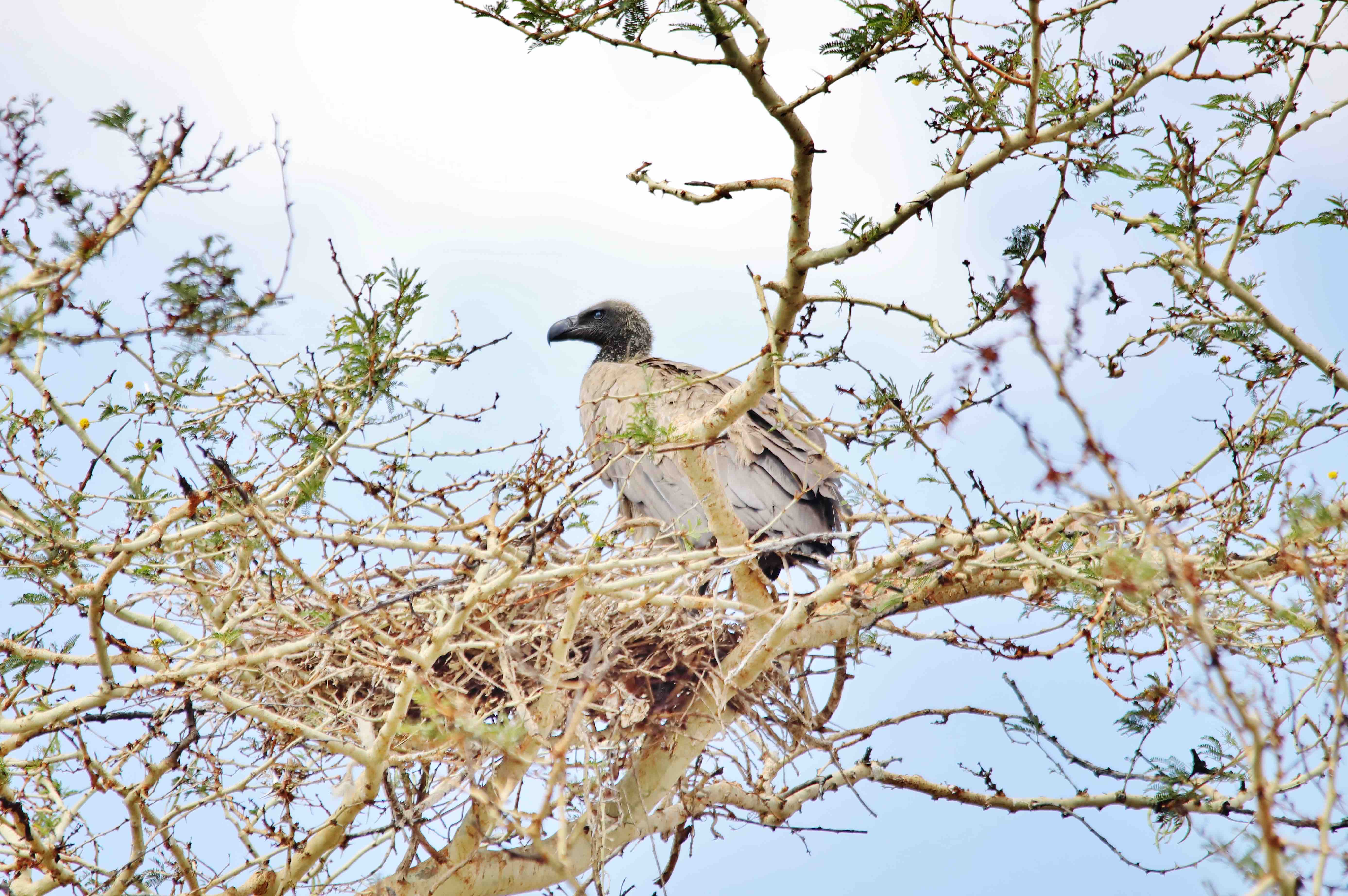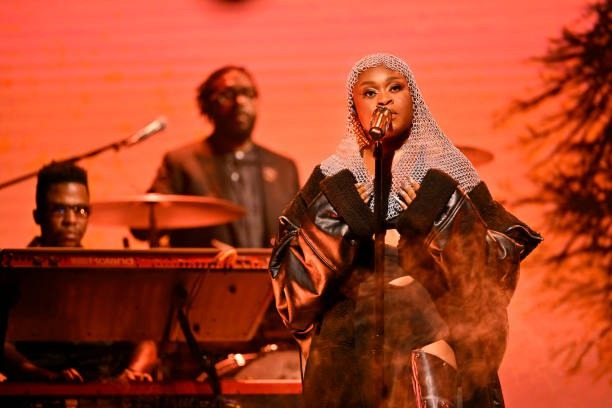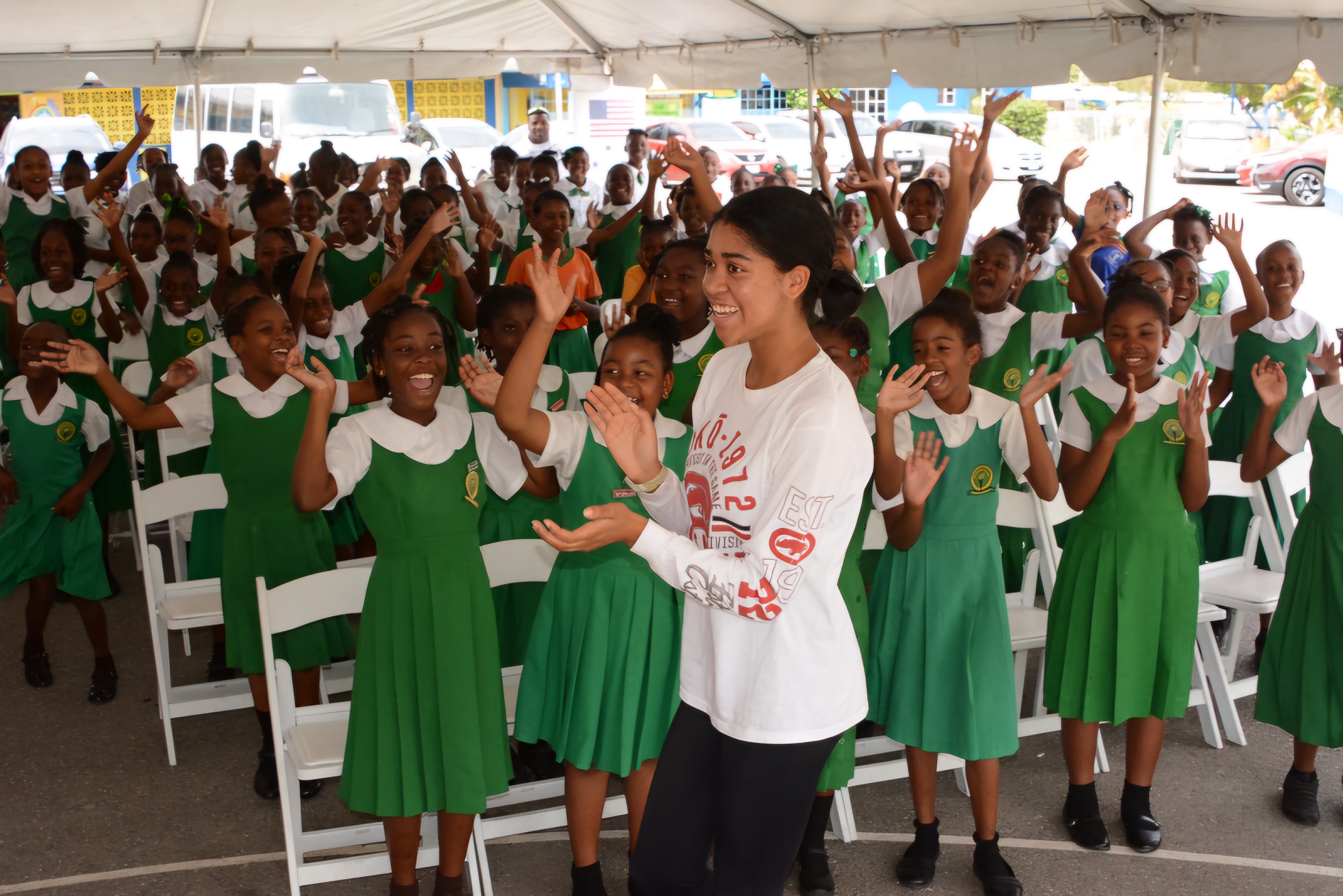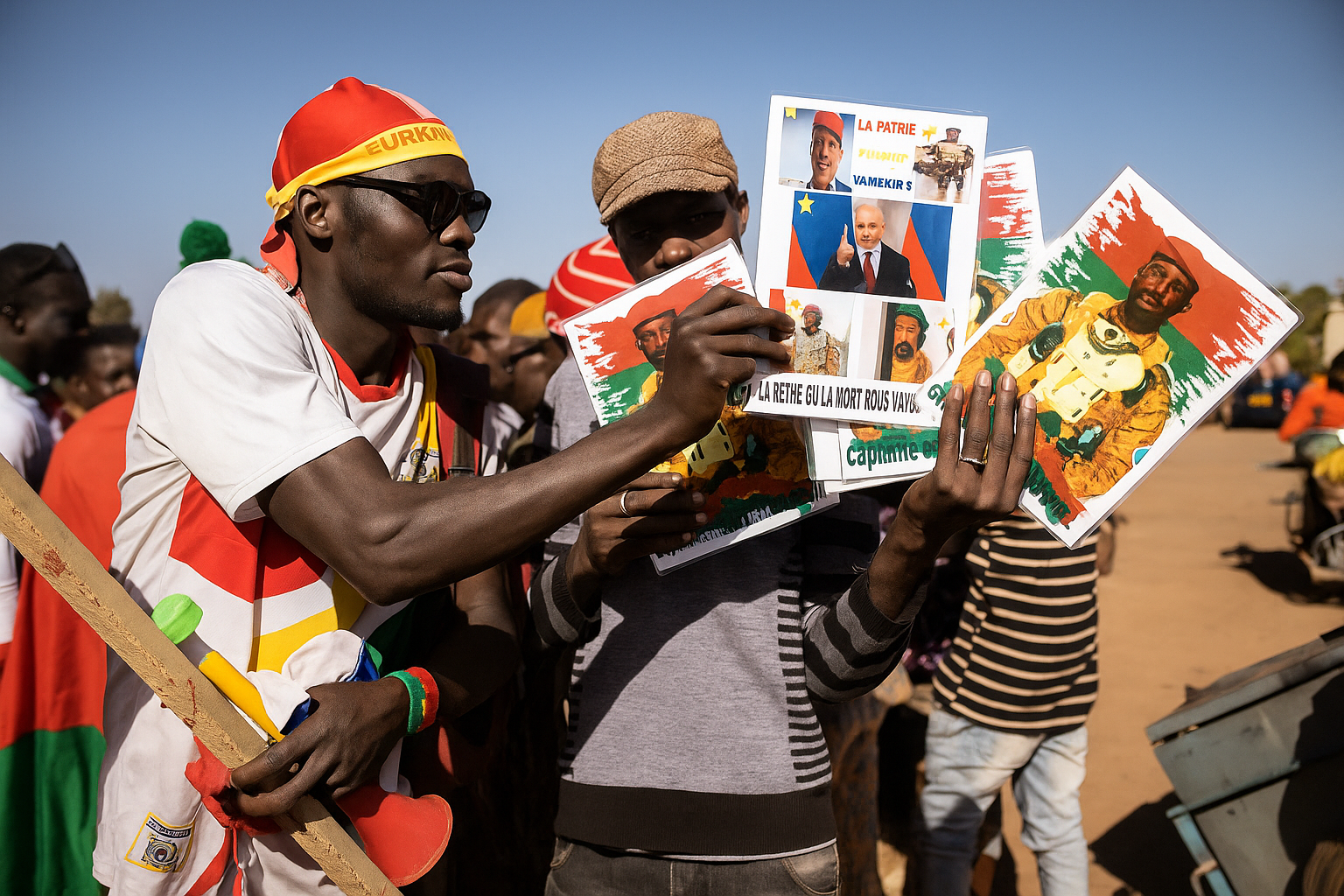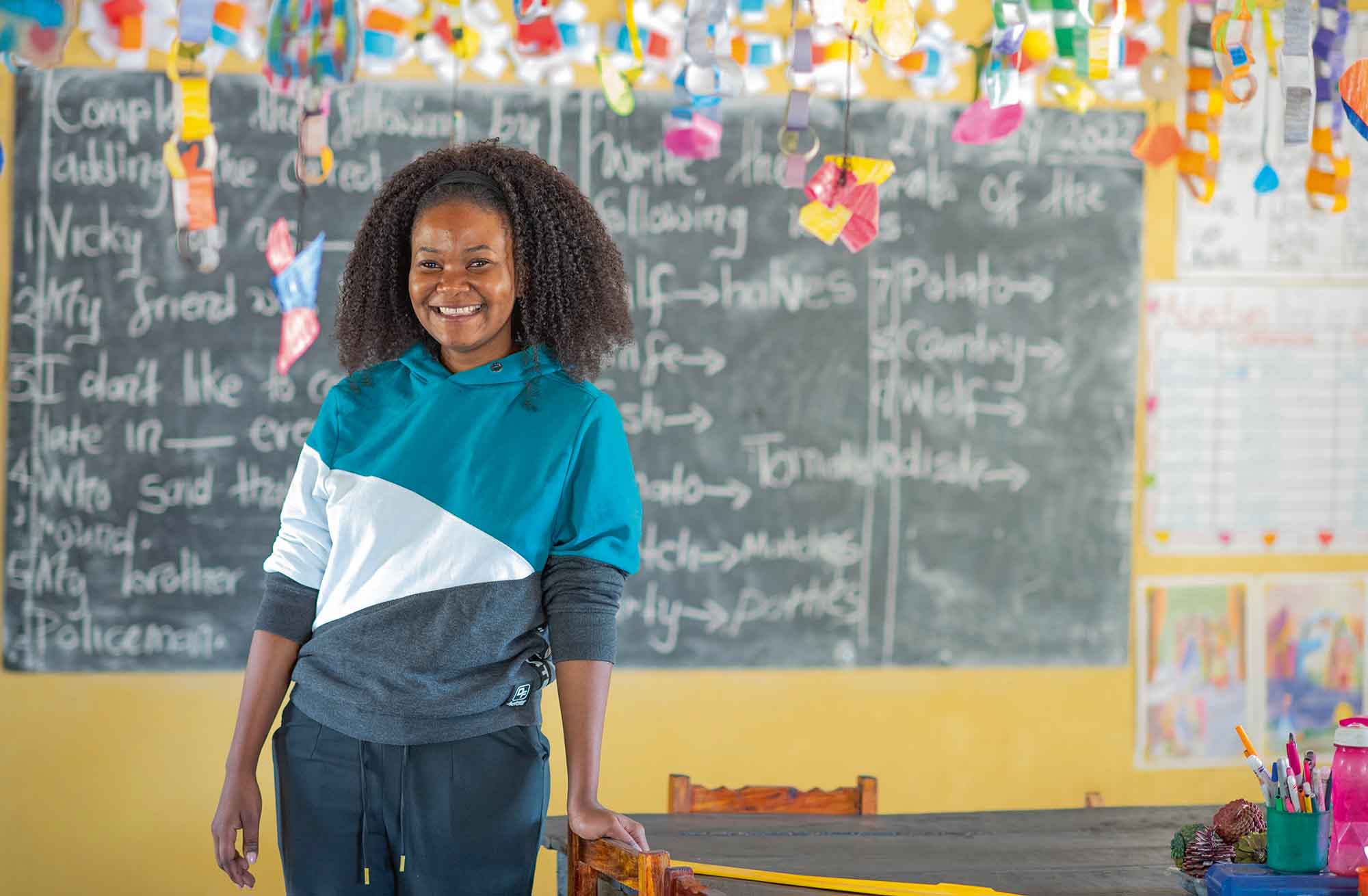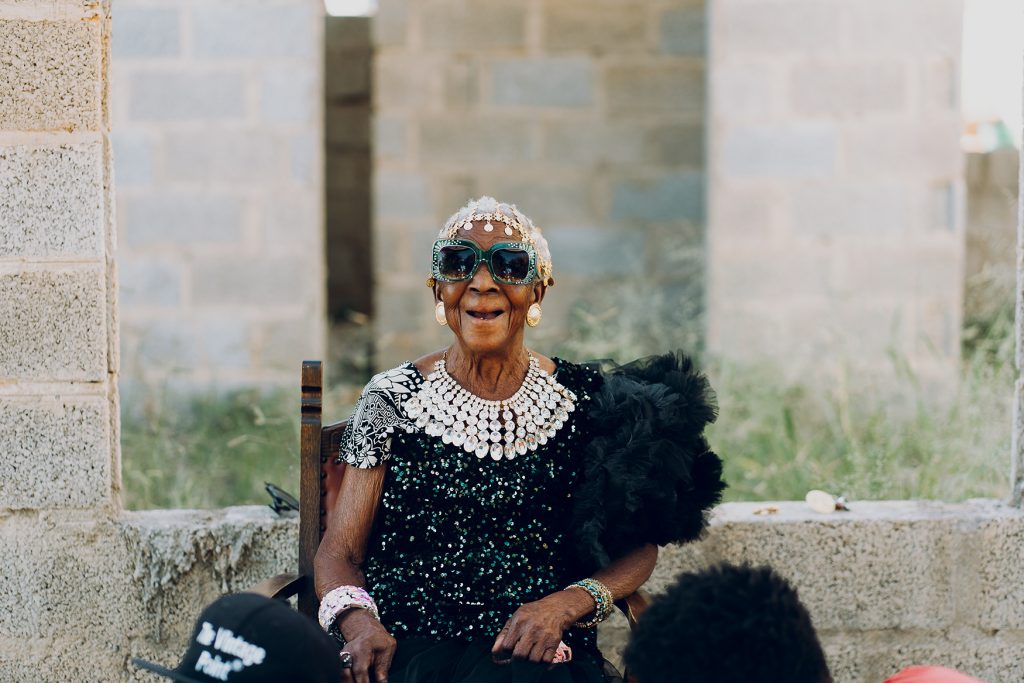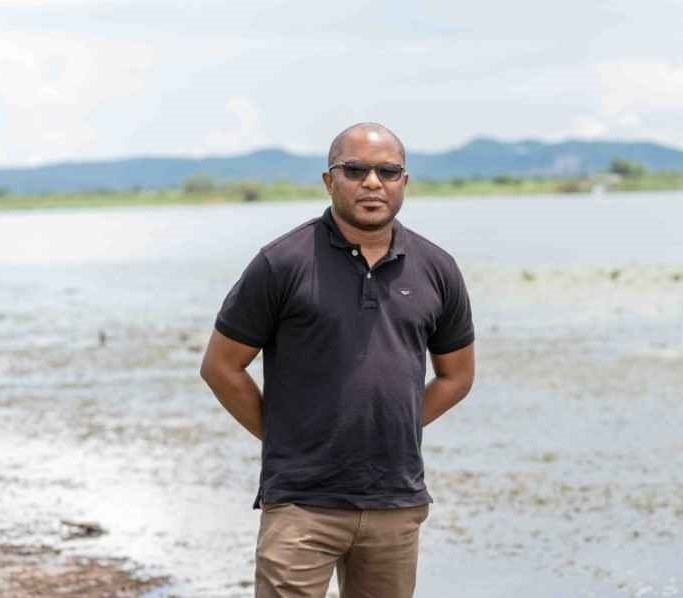Spending time in nature is considered essential for mankind’s well-being. This is such a simple statement and in our soul, we know it’s true. We feel the impact of enjoying a great sunset, a beautiful bird or a flower.
Research is telling us how important it is to get out into nature and in this new world where screen viewing can be our most dominant activity in both work and home, finding time to be in nature, be it on a walk down the road or a weekend in the countryside, is increasingly essential. It nurtures our “nature neurons” and our natural creativity. For example, at the University of Michigan, researchers demonstrated that, after just an hour interacting with nature, memory performance and attention spans improved by 20%. In workplaces designed with nature in mind, employees are more productive and take less sick time. Nature is a very broad concept but there is one form of life that is found everywhere and that is the bird.
A Black-cheeked Lovebird
Zambia has 763 recorded bird species across the country and it is interesting to note that the last three were added in the last few years. Birds are not only wonderful to watch but they are also an indicator of the health of a habitat, and so studying them is increasingly important.
BirdWatch Zambia (BWZ) formerly Zambian Ornithological Society (ZOS), is a membership-based environmental NGO established in 1969. The objective of BWZ is to promote the study, conservation, and general interest in birds and their habitats in Zambia. To find out more I met with Chaona Phiri, the young woman who is running the Society’s research and conservation programmes. Soon to enter her 30th year, Chaona is intelligent, open, extremely knowledgeable about her field and tells a great story. It’s true, I studied Zoology at University and spent over twenty years living in the South Luangwa in the safari world, and so I can follow a scientist explaining their research, but Chaona makes it so intriguing and exciting, you want to understand the detail. Knowing that going from student to team leader in a few short years is a great achievement, I asked her how this had happened.
Chaona studied Ecology and Wildlife Management at the University of Zambia (UNZA) and during a three month strike “shut down”, rather than languish, she decided to volunteer at BWZ. I asked how she had heard about the organization. After attending a talk on Bird Migration Day, she started to join the monthly bird walks organized by keen birding members. Back at University, she worked in her spare time on a research project “Developing the Stakeholder Matrix” of the Great Lakes Region of Zambia, in the Luapula and Northern Provinces. She was slowly entering the world of environmental academia and conservation, making contacts, learning about the players and the important conservation areas of the country. At the end of her course, she volunteered to sort out the BWZ library and during this time Chaona participated in developing a proposal for research on flagship bird species in Zambia. It was successful and she was offered the job of doing the research. Next step on her journey was to look for an online masters program. She was accepted by an Edinburgh based course, offered 50% scholarship and to fill the gap, she applied for the Commonwealth Scholarship. Two hundred applicants, fifteen were successful, and of course, Chaona was on the list. Soon Chaona was leading the BirdWatch office with a team of five.
Andre and Chaona tagging a Vulture
So, what has she been studying? For her masters she focused on the Chaplin’s Barbet. Until recently this barbet has been Zambia’s one endemic species (only found in Zambia) and hence it is the bird on our one Kwacha coin. Her research was funded by the Isdell Foundation as a project for BWZ, which had a baseline from the work done by Lizanne Roxburgh and she took the research further. She expanded the list of known populations from thirteen to twenty-eight sites in the south-central region. That entailed driving over many kilometers in remote areas, and she had quite the adventure. Previously it was thought that their full life cycle was based around the fig tree but she discovered that in fact, savannah woodland and particularly acacia woodland, is essential to their survival for food sources. She described how they breed during the months of August to November, digging their nests into the trunk and branches with their especially evolved thick bills. They often use their holes during the winter months for protection but fly to the acacia woodlands to feed. Currently, with UNZA’s Genetics Department, the genetic fitness of certain very isolated populations is being tested. Working with farmers and the community in general, she hopes that the population of an estimated 3000, scattered over twenty-eight sites, will not only stabilize but grow. However, any population of bird species below ten thousand is considered to be very vulnerable.
Chaona did not have blinkered vision during her research and she soon realized that the barbet shared the same risks of key habitat loss with an unlikely bird – the vulture. Both use the fig tree and the savannah woodland. The barbet nests in the fig tree and feed in the acacia woodland. The vulture nest in the acacia and perch on the fig tree. Early in the morning, the fig tree could have a number of barbets buzzing around, but by midday they are out feeding and the tree has, say thirty vultures perching, eyeing the surrounding landscape for carrion. So the barbets and vulture are identified as flagship species for savannah habitats in Zambia’s south central region.
Under her leadership, BirdWatch Zambia currently has seven funded projects which include continued research on the savannah flagship species the Chaplin’s Barbet and vultures, biocontrol of the invasive Kariba weed in the Lukanga Swamps, advocacy in the Kafue Flats (researching the impact of the reopening gypsum mine and a startup thermal power generation plant, both in sensitive areas of Lochinvar National Park), breeding probability of Slaty egret and assessment of impacting human activity, establishing vulture safe zones on game farms in the Luangwa Valley and, part sponsored by Elephant Charge, an education officer that works in the areas of each project.
A Chaplin’s Barbet
One last research project looks into “Pesticide Abuse” in the country. Orgophosphates and carbofurain (known as “purple powder”) are highly toxic pesticides banned in the EU, Canada and USA. However, they know their derivatives are not banned in most African countries. Any insect, bird or animal which has the misfortune to make contact with these poisons, will die. They are extremely harmful to both man and the environment.
Chaona not only oversees the office and these important projects, but she recently started her doctorate on “The Status and Distribution of the Black Cheeked Lovebird”. This small parrot was recently declared endemic to Zambia as the populations in Zimbabwe and Namibia declined to extinction. Zambia is now responsible for the last population, some ten thousand, as counted five years ago. Chaona’s work will hopefully shine the light on the vulnerable species and reverse their decline. Chaona is an inspiring young lady and I can see her creating big environmental waves in Zambia’s future. Passionate about nature and it’s survival for all of us, both man and beast, she approaches her research with a bird’s eye view – the wider vision.
